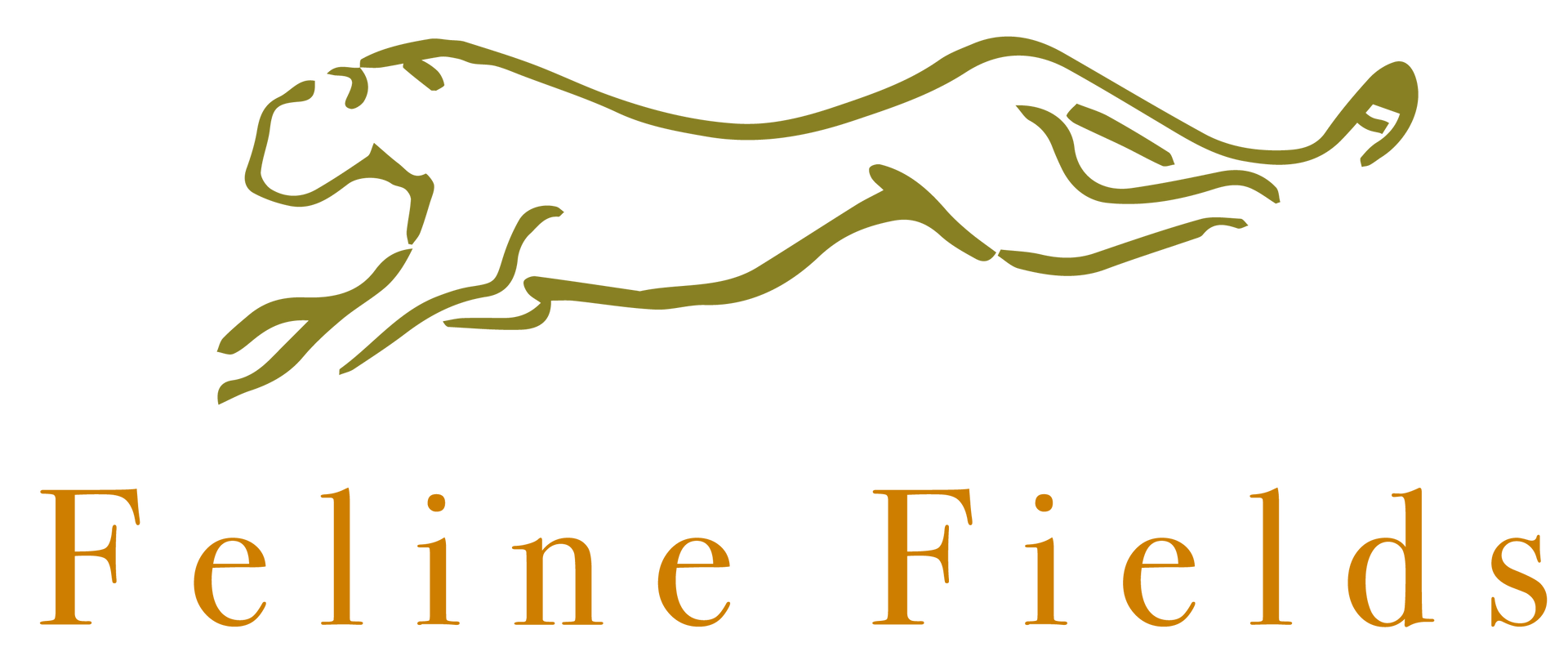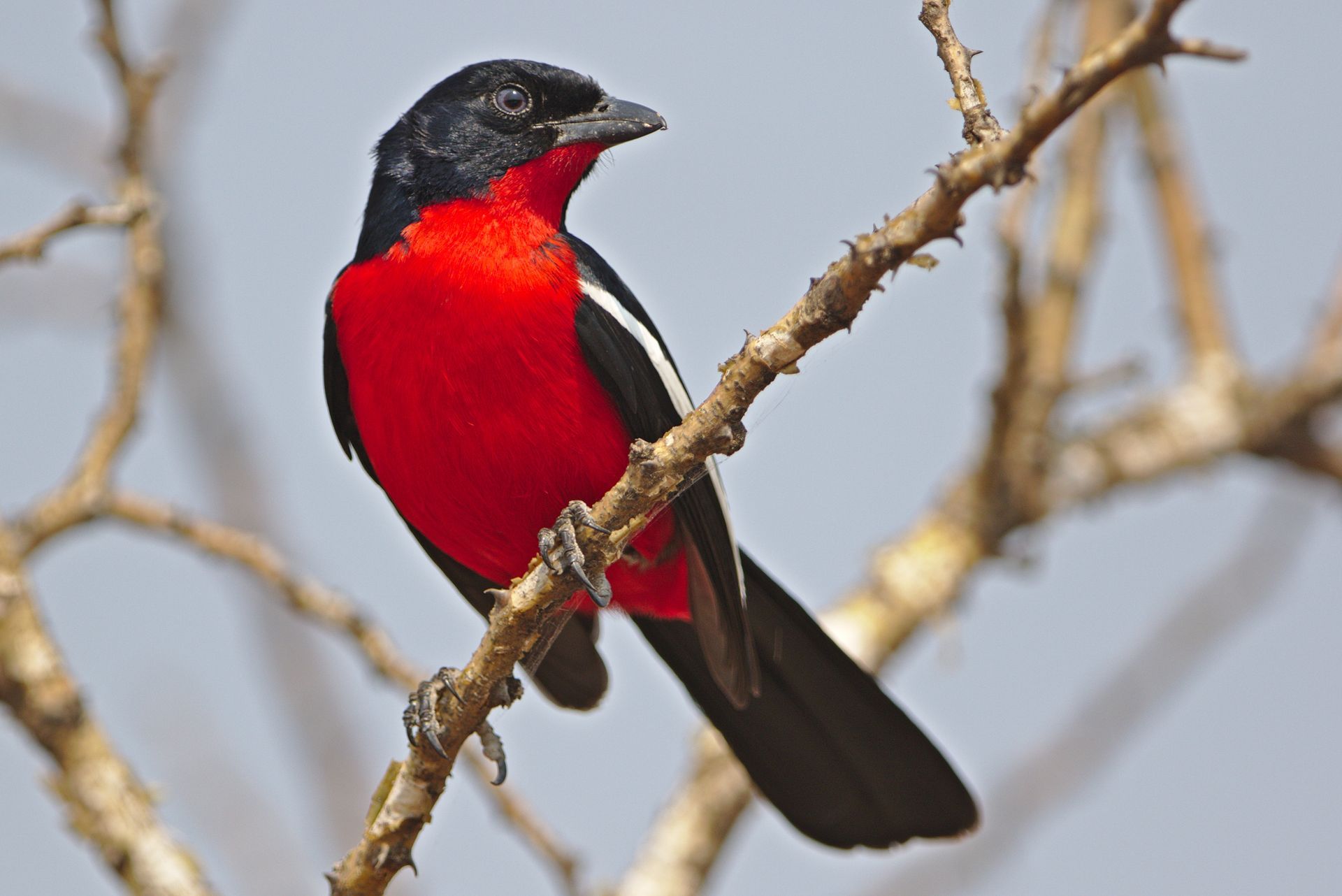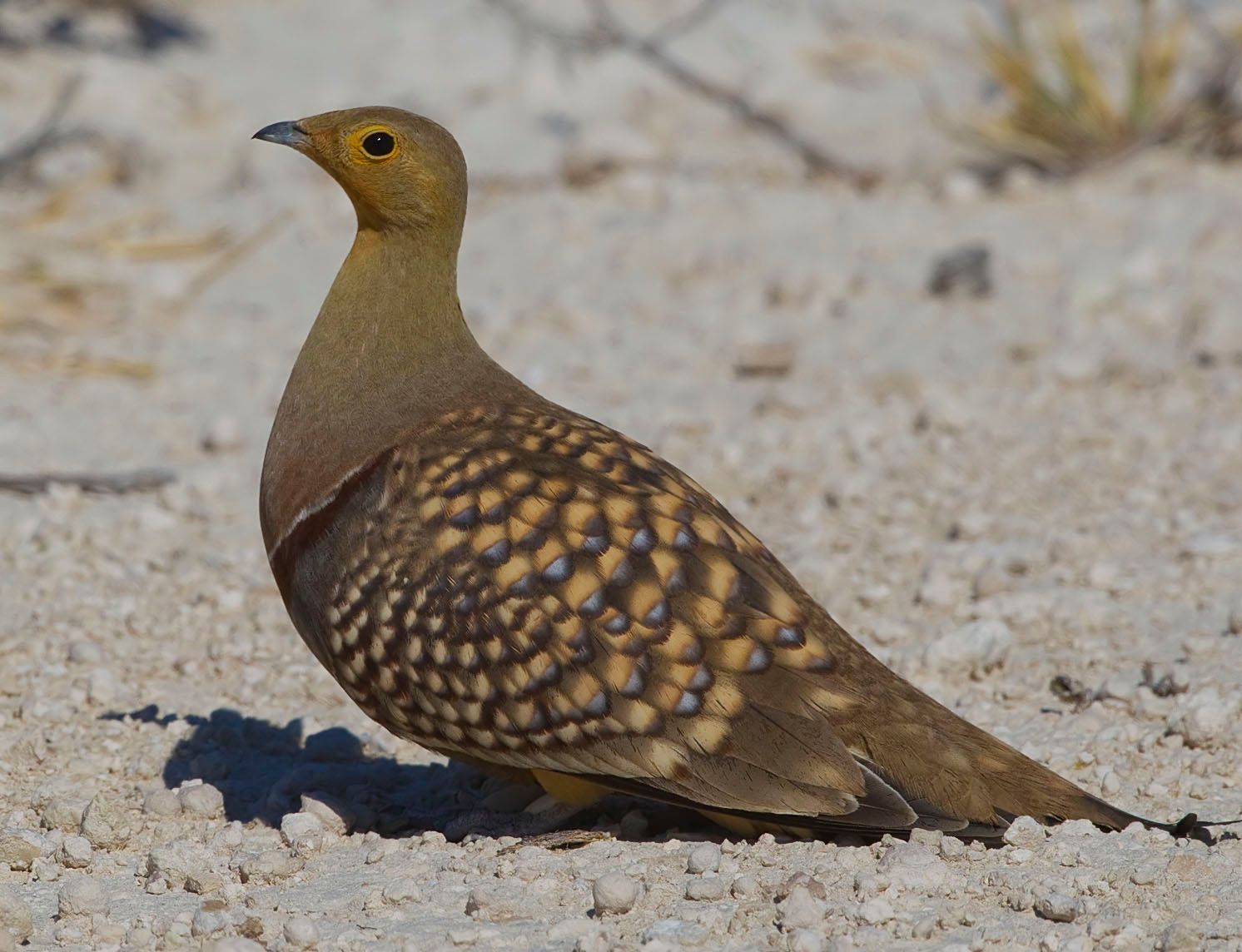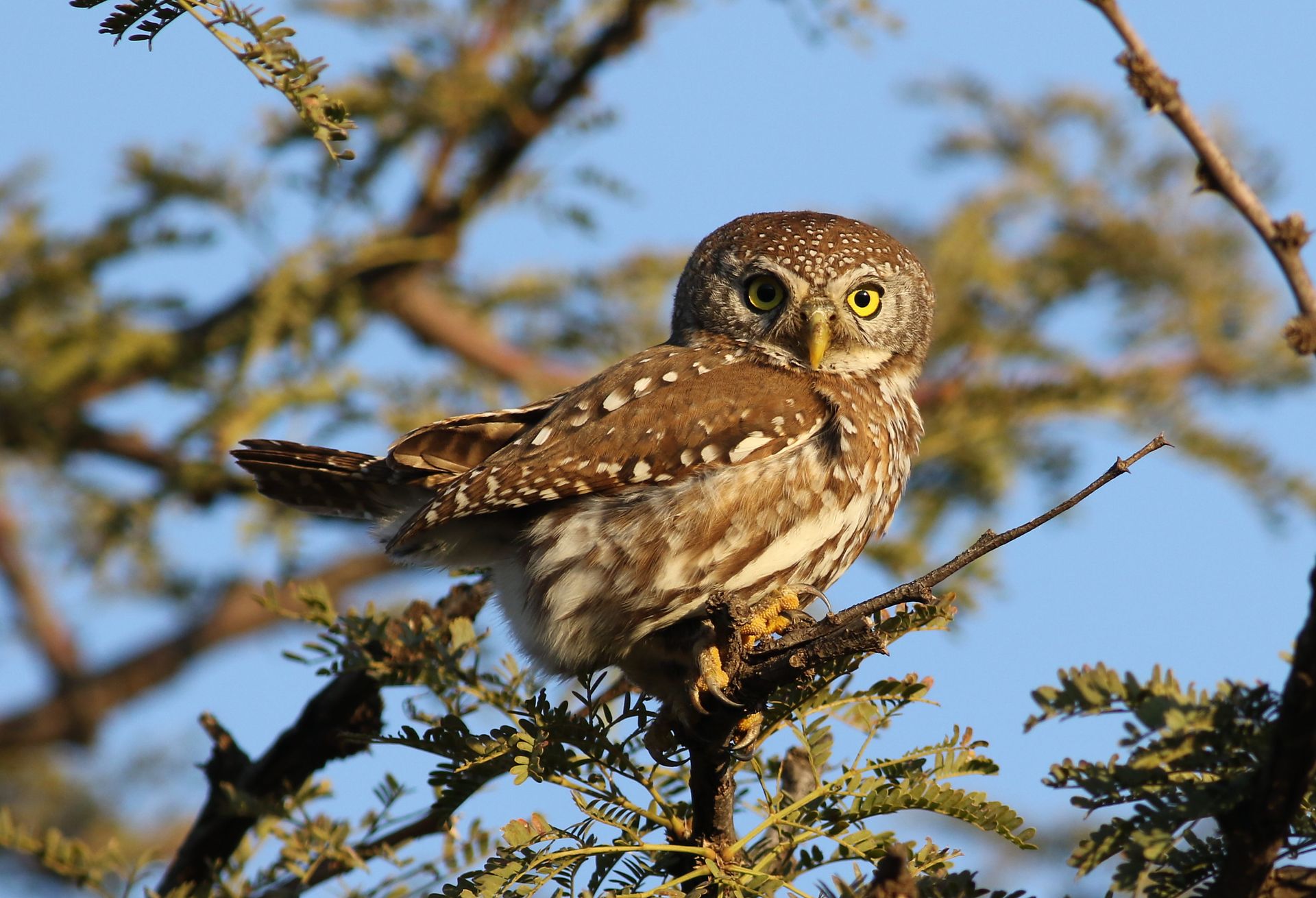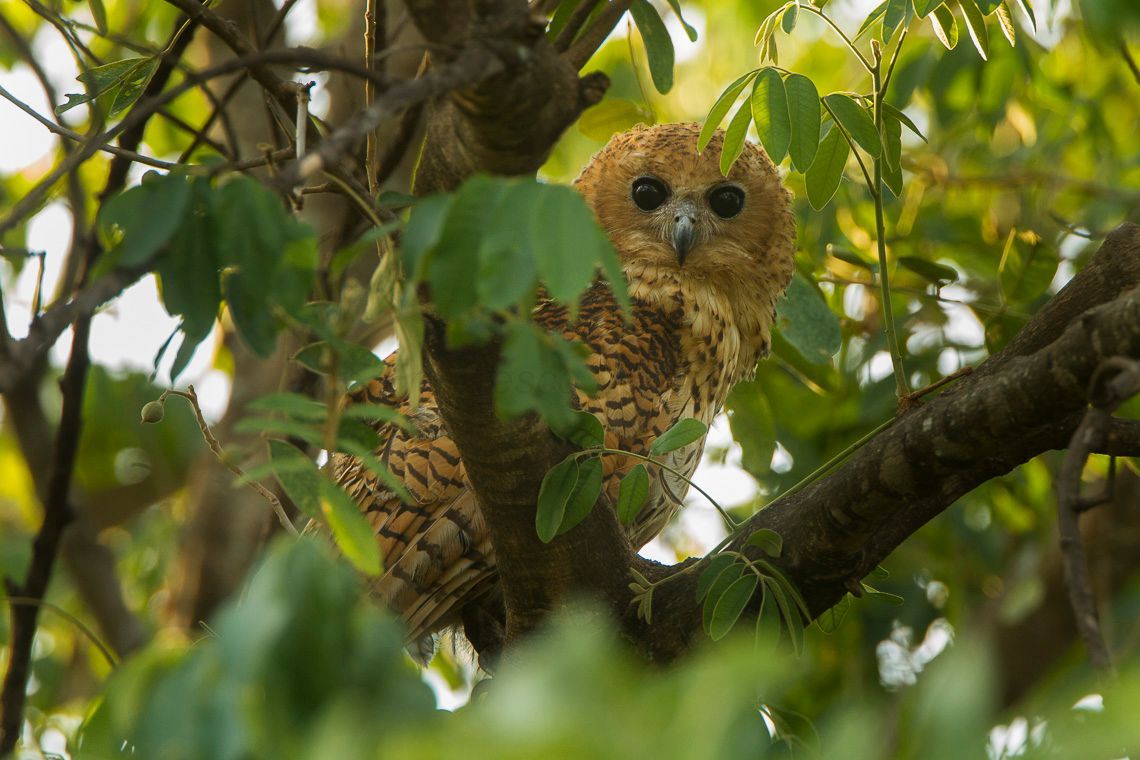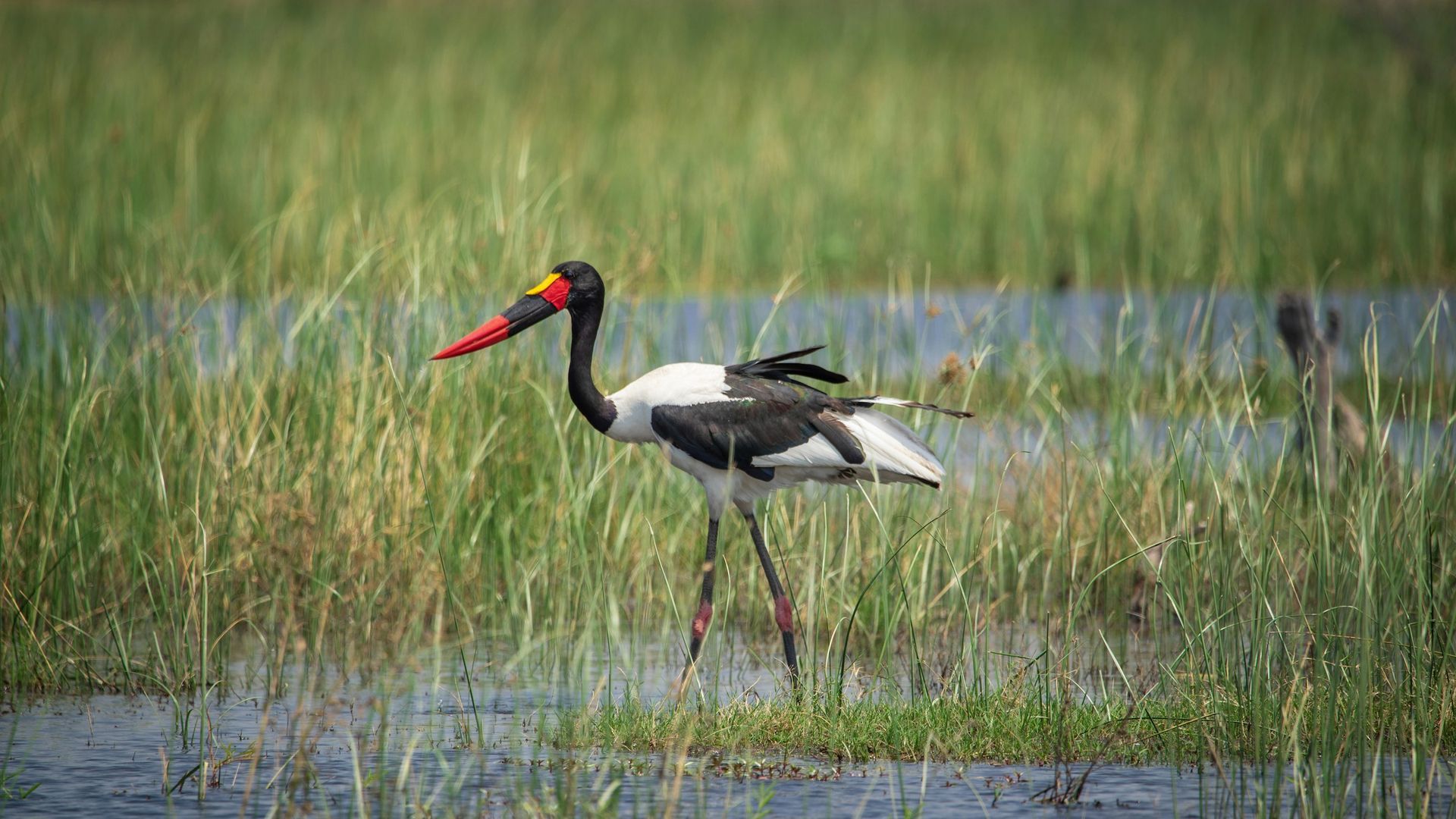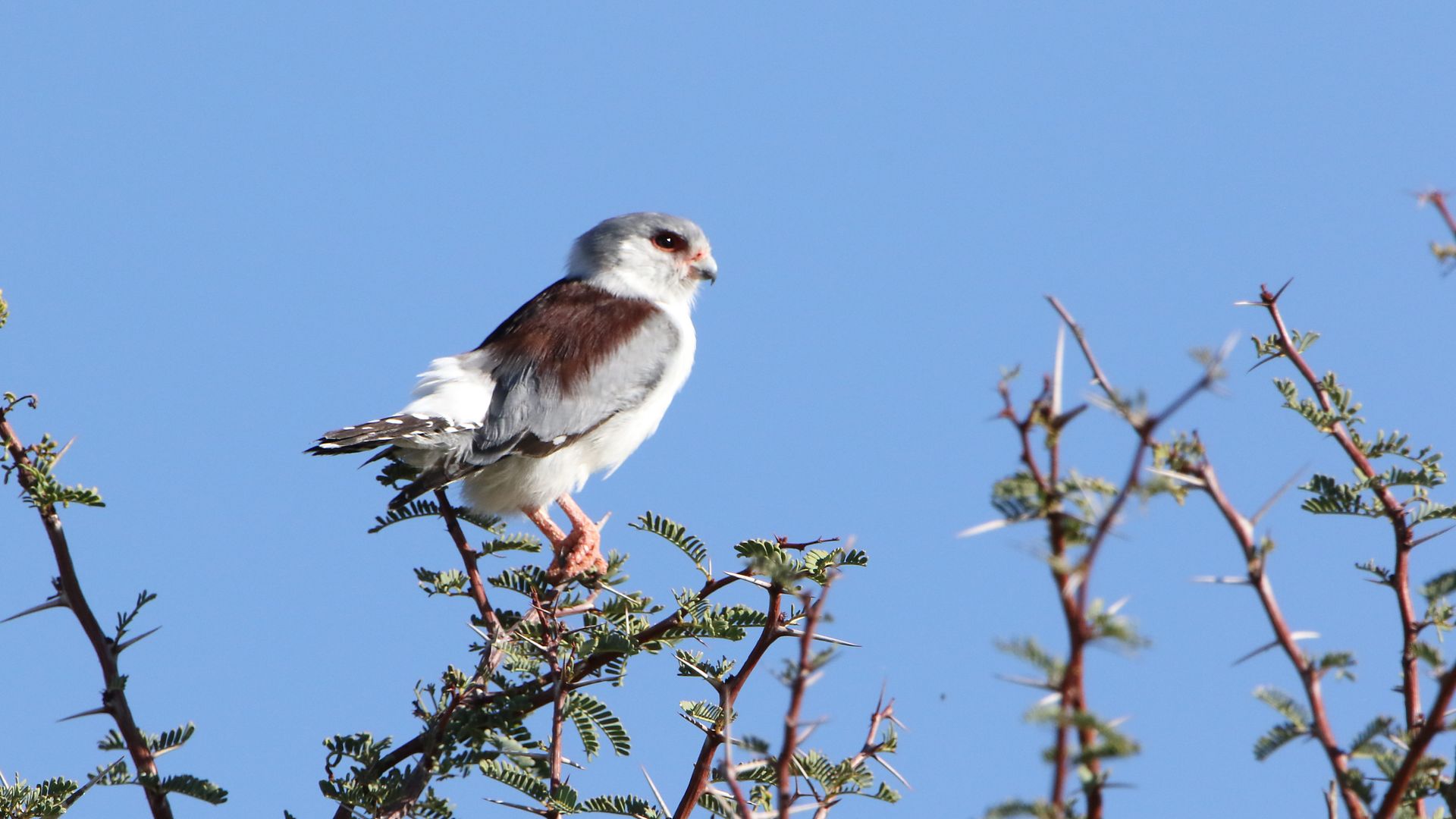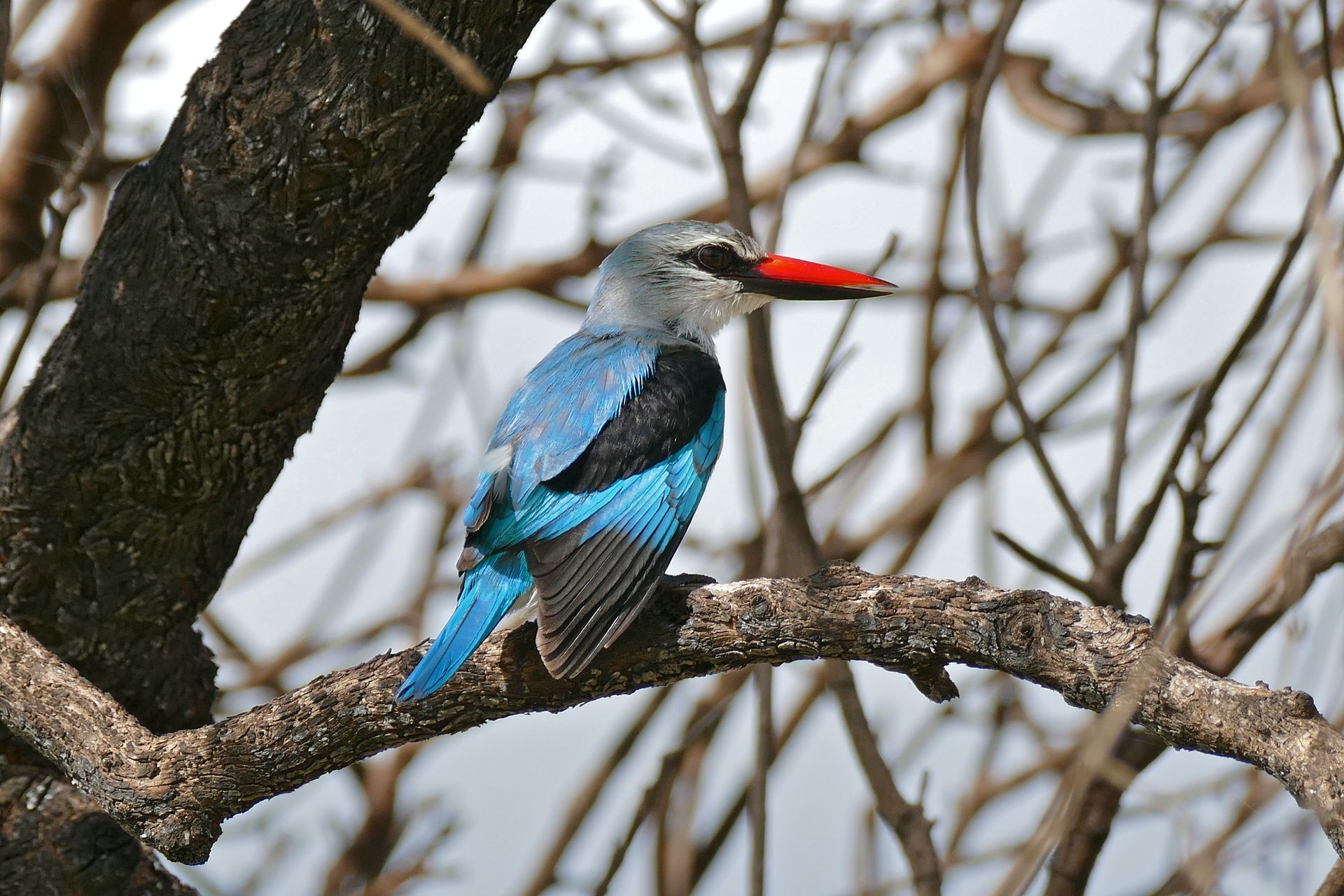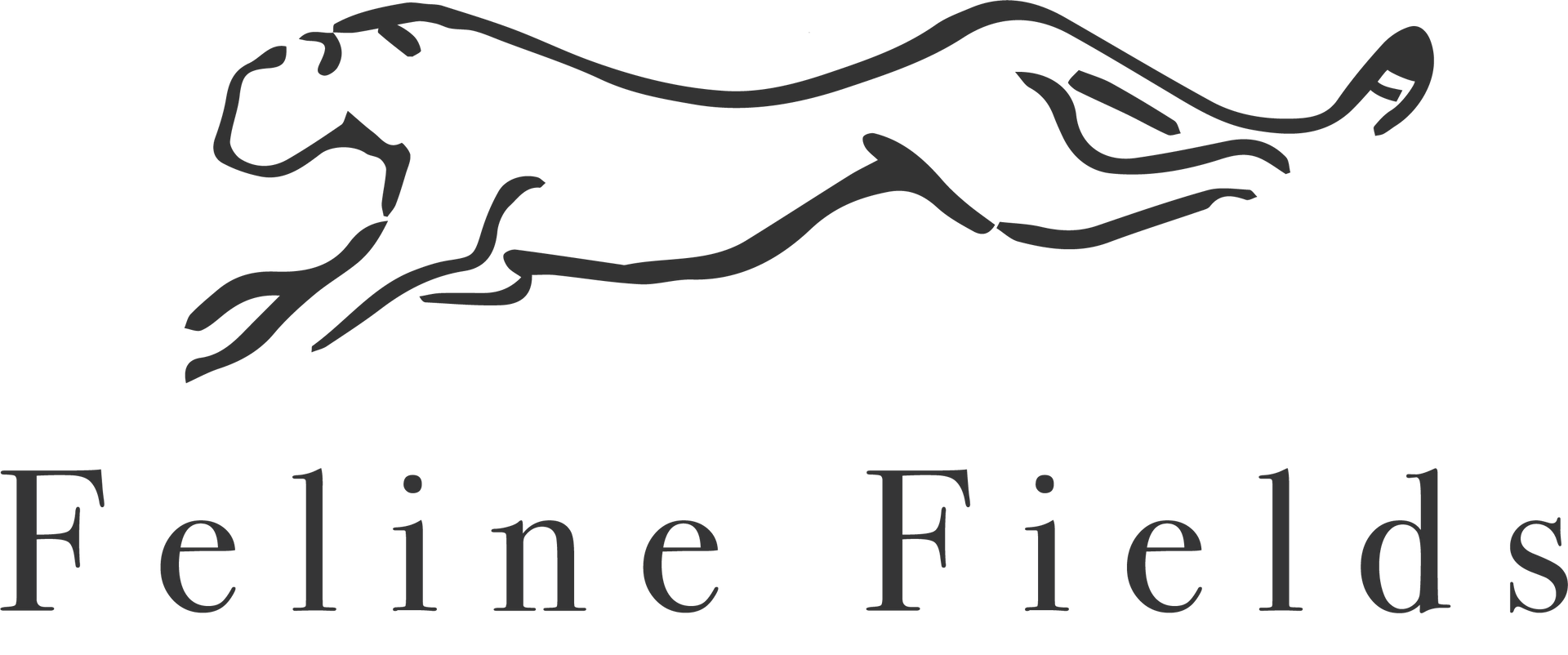Come with us to birding paradise...
Two stunning destinations & hundreds of species!
There are few places in Africa where birders can explore two dramatically different landscapes in one journey and find both equally captivating. At Feline Fields, the combination of two distinct camps offers a rare chance to immerse yourself in both the wetland abundance of the Khwai River and the semi-arid sweep of the Kalahari. Between them lies a world of seasonal contrast, species richness and ecological rhythm, where birds move with the rains, the insects, and the water that shapes everything.
Feline Fields Vintage Camp sits quietly along the Mbudi Channel, part of the Khwai River system and one of the few places in the Okavango Delta where water flows year-round. This isn’t an area defined by the great seasonal inundation that transforms other parts of the Delta. Here, the presence of permanent water ensures that birdlife is always close, always active, and always astonishing. From the moment you arrive, it’s clear that this is a place where birding takes centre stage.
The landscape surrounding camp is a mix of riverine woodland, open floodplain, and scattered groves of leadwood and sausage tree. Each morning, as the light spills across the channel, African jacanas can be seen tiptoeing over lily pads while white-fronted bee-eaters dive from their bankside nests. Fish eagles perch in sentinel above the river, calling across the water with a sound that seems stitched into the soul of the Delta. And beneath the canopy, in the shaded heart of the forest, one of the Delta’s most elusive birds waits for dusk – the Pel’s fishing owl.
This shy, chestnut-brown owl is rarely found without help, and never by chance. Roosting in dense riverine trees during the day, it hunts silently at night, swooping low over the water in search of fish. Spotting one is a highlight for any birder, and in Khwai, the chances are better than most. With the guidance of experienced trackers and naturalists, it becomes not just a possibility, but a focused, respectful pursuit.
While residents like saddle-billed storks, slaty egrets, goliath herons and African skimmers lend a year-round rhythm to birding here, the summer months – from November to April – bring a different kind of excitement. This is when both intra-African and Eurasian migrants arrive in their thousands. Woodland kingfishers return to their breeding territories, filling the canopy with their piercing calls. Carmine bee-eaters streak across the skies in vibrant clouds. European rollers, cuckoos and waders from as far as Central Asia join the spectacle, drawn to the abundance of food and nesting space created by the rains.
With its mix of open channels, swamp edges and dry woodland, Khwai offers birders a shifting mosaic of habitats that hold something new with each outing – by mokoro, open safari vehicle or on foot. It is an immersive experience, where the birds are part of a wider ecological story and intimately connected to the water on which everything depends.
From here, the journey continues south and slightly east to Feline Fields Lodge – a camp set within the vast semi-arid expanse of the Kalahari.
This is not desert in the traditional sense, but a flat, open country of low acacia woodland, seasonal grassland and scrub. It is a landscape shaped by water scarcity, where the presence of a permanent waterhole at the lodge becomes not only a lifeline but a stage for some of the region’s most fascinating birdlife. The Kalahari features sand dunes, especially in the west, as well as ancient dry riverbeds and vast salt pans like the Makgadikgadi Pans, which when the rains come, turn into exceptional wetlands attracting a variety of birdlife.
At Feline Fields Lodge, birding is a slower, more deliberate experience. You sit quietly on a shaded deck, and the bush begins to reveal itself. White-browed sparrow-weavers chatter in the branches, busy with their grass-woven homes. Crimson-breasted shrikes flash from thickets in brilliant contrast to the dun-coloured scrub. Sociable weavers construct enormous communal nests that sag from trees like haystacks, often shared by pygmy falcons or pearl-spotted owlets.
Unlike Khwai, where water guarantees consistent sightings, the Kalahari unfolds with the seasons. During the long dry months from May to October, bird activity is concentrated around water sources. Sandgrouse, doves, glossy starlings and hornbills all appear in waves at first light, mingling at the lodge’s waterhole before the heat builds. Raptors, including gabar goshawks and chanting goshawks, circle high above the flat horizon, scanning for rodents and reptiles in the low grass.
Then, with the first rains in November, the transformation begins. What was muted becomes vibrant. The thornveld greens, ephemeral pans fill, and insects burst into life. With this flush of food come the migrants – southern carmine bee-eaters in shimmering flocks, European rollers, and waders that follow the line of temporary water across the plains. Flamingos sometimes descend on distant salt pans, while kestrels, harriers and other raptors drift in from further north, joining resident species in the renewed bounty. As the grasslands turn to seed towards the end of the summer, the seed-eating birds arrive in force - waxbills, larks, finches, buntings, red-billed queleas in huge flocks.
What makes the pairing of these two camps so rewarding for birders is the contrast in experience. Khwai offers consistency, lush surroundings, and the chance to see wetland species in a setting that remains productive even in the driest months. The Kalahari, by comparison, is about patience and timing – about being present when the rains return, or learning to read the dry season through the quiet persistence of resident birds.
Yet together, they form a perfect rhythm. A visit between December and March captures both regions in their summer glory – Khwai alive with migrant activity, and the Kalahari transformed into a mosaic of life and colour. In the cooler months, you can track the shift: from the fish-rich waters of the Mbudi Channel to the waterholes of the scrubland, where survival depends on adaptation and resilience.
In the end, birding across Feline Fields is not just about species counts or sightings, though those will be many. It’s about observing the seasonal choreography of life – the way birds move, adapt, and thrive between water and wilderness. It’s about contrast and connection, silence and sound, and about knowing that in Botswana, the most rewarding birding journeys often take place in the quiet moments, when everything seems still – and then wings take flight.
